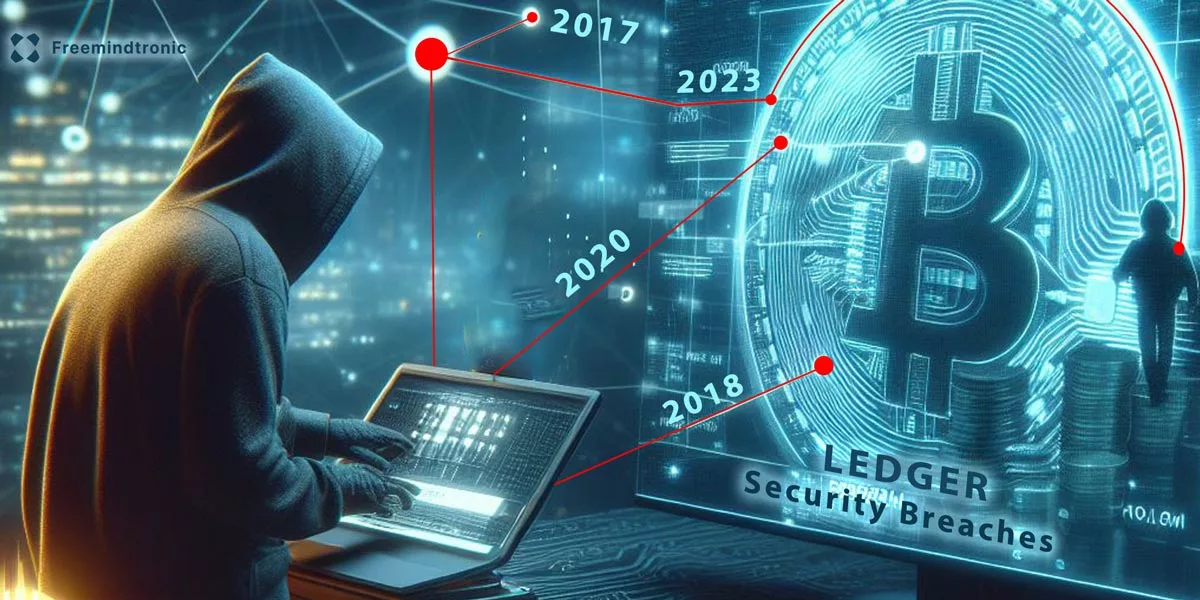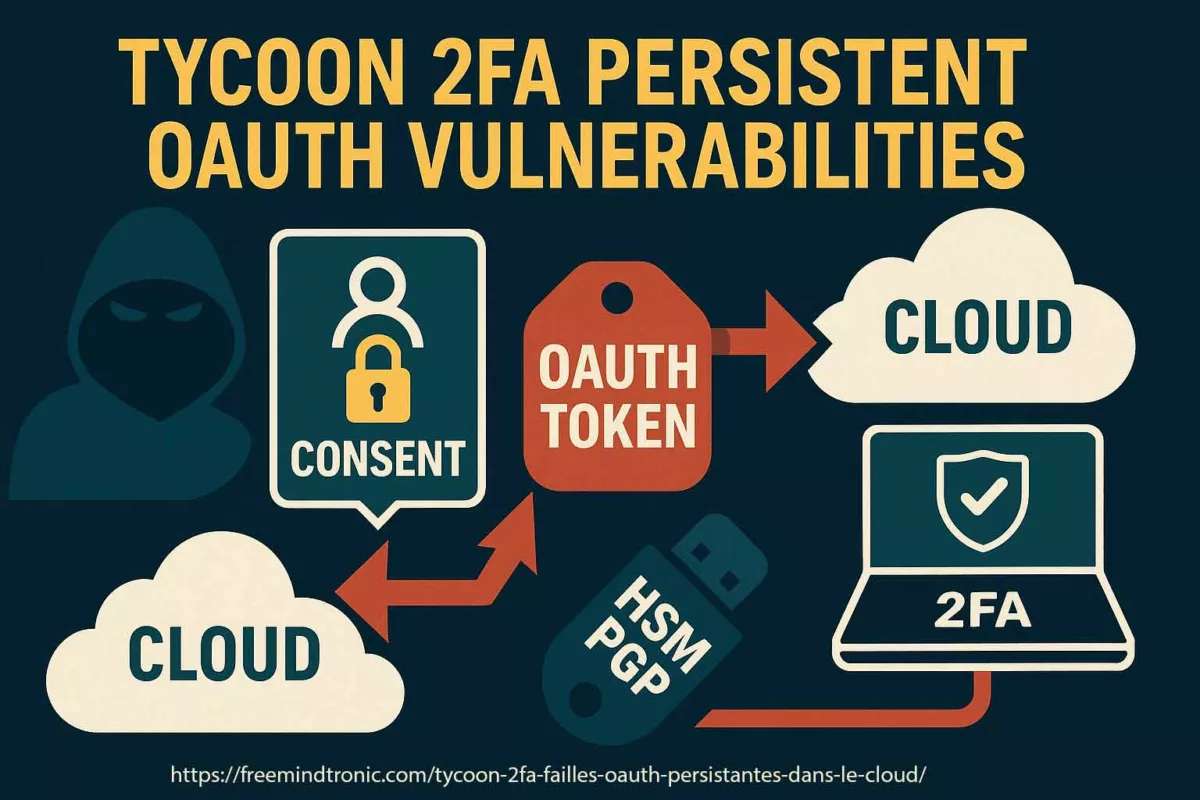The American intelligence: a paradox
The American intelligence is powerful and influential, but also faces limits and challenges. Discover how it works, what are its consequences, and how to protect yourself from it.
The American Intelligence: How It Works, Its Limits and Consequences
The American intelligence is one of the most powerful and influential in the world. It has a vast network of agencies, resources, and allies that enable it to collect, analyze, and act on information of strategic interest. However, the American intelligence also faces challenges and criticisms, both internally and externally. In this article, we will explore how the American intelligence works, what are its limits, and what are the consequences of its actions for the global security and privacy.
How the American Intelligence Works
The American intelligence is composed of 18 agencies that form the Intelligence Community (IC). These agencies are divided into two categories: the civilian agencies, which are under the supervision of the Director of National Intelligence (DNI), and the military agencies, which are under the supervision of the Secretary of Defense.
The main civilian agencies are:
- The Central Intelligence Agency (CIA), which is responsible for collecting, analyzing, and disseminating foreign intelligence, as well as conducting covert operations and paramilitary activities.
- The National Security Agency (NSA), which is responsible for collecting, processing, and disseminating signals intelligence (SIGINT), as well as conducting cyber operations and protecting the US government’s communications and information systems.
- The Federal Bureau of Investigation (FBI), which is responsible for collecting, analyzing, and disseminating domestic intelligence, as well as conducting counterintelligence, counterterrorism, and law enforcement activities.
- The National Geospatial-Intelligence Agency (NGA), which is responsible for collecting, analyzing, and disseminating geospatial intelligence (GEOINT), which includes imagery, maps, and other geographic information.
- The National Reconnaissance Office (NRO), which is responsible for designing, launching, and operating reconnaissance satellites and other space-based systems that provide intelligence to the IC and the Department of Defense (DoD).
- The Office of the Director of National Intelligence (ODNI), which is responsible for overseeing, coordinating, and integrating the activities of the IC, as well as providing strategic guidance and support to the DNI.
The main military agencies are:
- The Defense Intelligence Agency (DIA), which is responsible for providing military intelligence to the DoD and the IC, as well as conducting human intelligence (HUMINT), counterintelligence, and defense attaché activities.
- The National Security Agency/Central Security Service (NSA/CSS), which is responsible for providing SIGINT and cyber support to the DoD and the IC, as well as conducting information assurance and cryptologic activities.
- The National Geospatial-Intelligence Agency (NGA), which is responsible for providing GEOINT support to the DoD and the IC, as well as conducting geospatial analysis and mapping activities.
- The National Reconnaissance Office (NRO), which is responsible for providing space-based intelligence support to the DoD and the IC, as well as conducting satellite reconnaissance and surveillance activities.
- The Military Intelligence Corps (MI), which is responsible for providing tactical and operational intelligence to the Army and the joint force, as well as conducting HUMINT, SIGINT, GEOINT, and counterintelligence activities.
- The Office of Naval Intelligence (ONI), which is responsible for providing maritime intelligence to the Navy and the joint force, as well as conducting HUMINT, SIGINT, GEOINT, and counterintelligence activities.
- The Marine Corps Intelligence Activity (MCIA), which is responsible for providing intelligence to the Marine Corps and the joint force, as well as conducting HUMINT, SIGINT, GEOINT, and counterintelligence activities.
- The Air Force Intelligence, Surveillance, and Reconnaissance Agency (AFISRA), which is responsible for providing intelligence to the Air Force and the joint force, as well as conducting HUMINT, SIGINT, GEOINT, and counterintelligence activities.
The American intelligence works by collecting information from various sources, such as human sources, signals, images, open sources, and others. It then analyzes this information to produce intelligence products, such as reports, assessments, briefings, and forecasts. These products are then disseminated to the relevant consumers, such as the President, the Congress, the military, the policy makers, and the allies. The American intelligence also acts on the information it collects, by conducting operations, such as covert actions, cyber attacks, drone strikes, and special operations.
The Limits of the American Intelligence
The American intelligence, despite its capabilities and resources, is not omnipotent or infallible. It faces several limits and challenges, such as:
- Legal and ethical limits: The American intelligence is bound by the laws and regulations of the US and the international community, as well as by the values and principles of the American democracy. It must respect the rights and liberties of the American citizens and the foreign nationals, as well as the sovereignty and interests of the other countries. It must also abide by the oversight and accountability mechanisms of the executive, the legislative, and the judicial branches, as well as the public opinion and the media. The American intelligence must balance its need for secrecy and effectiveness with its duty for transparency and legitimacy.
- Technical and operational limits: The American intelligence is limited by the availability and reliability of the information it collects, as well as by the accuracy and timeliness of the analysis it produces. It must deal with the challenges of information overload, data quality, data security, data privacy, and data sharing. It must also cope with the threats and risks of cyber attacks, counterintelligence, deception, and denial. The American intelligence must balance its need for innovation and adaptation with its need for standardization and coordination.
- Strategic and political limits: The American intelligence is limited by the complexity and uncertainty of the global environment, as well as by the diversity and dynamism of the actors and issues it faces. It must deal with the challenges of globalization, multipolarity, regionalization, and fragmentation. It must also cope with the threats and opportunities of terrorism, proliferation, rogue states, failed states, and emerging powers. The American intelligence must balance its need for anticipation and prevention with its need for reaction and intervention.
The Consequences of the American Intelligence
The American intelligence has significant consequences for the global security and privacy, both positive and negative, such as:
- Positive consequences: The American intelligence contributes to the protection and promotion of the national security and interests of the US and its allies, as well as to the maintenance and enhancement of the international peace and stability. It provides valuable information and insights to the decision makers and the operators, as well as to the public and the media. It also conducts effective operations and actions to deter, disrupt, or defeat the adversaries and the threats. The American intelligence plays a key role in the global intelligence cooperation and coordination, as well as in the global governance and leadership.
- Negative consequences: The American intelligence also poses risks and challenges to the security and privacy of the US and its allies, as well as to the international order and norms. It may collect, analyze, or disseminate information that is inaccurate, incomplete, or biased, leading to errors, failures, or controversies. It may also conduct operations or actions that are illegal, unethical, or counterproductive, leading to violations, scandals, or backlashes. The American intelligence may face competition or conflict with the other intelligence services or actors, as well as with the other stakeholders or interests.
Section 702 of FISA: A Surveillance Without Control
- On July 17, 2008, the US Congress passed section 702 of the FISA (Foreign Intelligence Surveillance Act), which authorizes the US intelligence agencies to collect the electronic communications of non-Americans located abroad, without a warrant from the FISA judge.
- On January 19, 2018, the US Congress extended section 702 of FISA until December 31, 2023, without making any substantial changes.
- On March 22, 2023, the US Congress extended section 702 of FISA again until April 19, 2024, without making any significant changes.
- On December 16, 2023, the US Congress approved the National Defense Authorization Act (NDAA), which included a four-month extension of section 702 of FISA, avoiding its expiration at the end of the year.
The Violation of the Right to Privacy
- On June 5, 2013, the whistleblower Edward Snowden revealed the existence of the PRISM program, which allowed the US intelligence agencies to access the data of the users of the main electronic service providers, such as Google, Facebook, Microsoft or Apple.
- On October 6, 2015, the Court of Justice of the European Union (CJEU) invalidated the Safe Harbor, an agreement that allowed the transfer of personal data between the European Union and the United States, considering that it did not offer an adequate level of protection.
- On July 16, 2020, the CJEU invalidated the Privacy Shield, the successor of the Safe Harbor, for the same reasons, considering that the risk of interference by the US intelligence services in the transferred data was incompatible with the respect of the fundamental rights of the persons concerned.
- On July 31, 2023, the CJEU issued a ruling that confirmed the invalidity of the Privacy Shield and imposed strict conditions for the transfer of personal data to third countries, especially the United States, under the standard contractual clauses (SCCs) or the binding corporate rules (BCRs).
The Legal and Political Consequences
- On October 24, 2013, the European Parliament adopted a resolution that condemned the massive surveillance activities of the US intelligence services and called for the suspension of the cooperation agreements on security and counter-terrorism.
- On October 23, 2015, the European Parliament adopted another resolution that requested the creation of an independent international tribunal to examine the complaints of the European citizens regarding the surveillance of the US intelligence services.
- On September 14, 2018, the European Parliament adopted a third resolution that called for the suspension of the Privacy Shield, due to the non-compliance of the commitments made by the United States on the protection of personal data.
- On August 31, 2023, the European Parliament adopted a fourth resolution that asked the European Commission to propose a new legislation on the protection of personal data in the context of cross-border data flows, which would guarantee a level of protection equivalent to that of the general data protection regulation (GDPR).
Sources:
Congress passes temporary extension of FISA Section 702 surveillance program – Axios:
FISA Section 702: What it is and why Congress is debating it – NBC News
New technologies and products that limit the possibilities of intelligence
Facing the capabilities of collection and analysis of the American intelligence, which threaten the privacy and sovereignty of individuals and countries, there are new technologies and products that allow to limit the possibilities of intelligence. These technologies and products use techniques of encryption, cryptography, blockchain or NFC to protect personal data and electronic communications. They offer an alternative to traditional solutions, which are often vulnerable to attacks or interceptions by the American intelligence. Among these technologies and products, we can mention:
- EviCypher NFC HSM and EviCypher HSM OpenPGP, which are patented technologies in the United States in the field of cybersecurity developed by Freemindtronic SL Andorra, used in counter-espionage products such as DataShielder Defense. They allow to encrypt and decrypt data without contact, thanks to hardware security modules that use NFC technology. They offer compatibility with OpenPGP standards, operating without server, without database, with a very high level of flexibility from different removable, fixed and online and offline storage media including NFC HSM.
- DataShielder DefenseDataShielder Defense, which is a counter-espionage product developed by Freemindtronic SL Andorra, which uses EviCore NFC HSM and EviCore HSM OpenPGP technologies to encrypt and decrypt all types of data and communication services. This product protects sovereign communications, by preventing the American intelligence from accessing personal, professional or state secrets. It also guarantees the sovereignty of users, by making their data anonymous and inviolable.
- Signal, which is an instant messaging application that uses the Signal protocol, which is an end-to-end encryption protocol that ensures the confidentiality and integrity of messages. This application allows to communicate anonymously and securely, by avoiding the surveillance or censorship of the American intelligence.
- Tor, which is a decentralized network that uses volunteer relays to route Internet traffic anonymously and encrypted. This network allows to browse the web without leaving traces, by hiding the IP address and location of users. It also allows to access hidden websites, which are not indexed by search engines.
These technologies and products represent examples of innovative solutions that limit the possibilities of the American intelligence and preserve the individual and collective sovereignty. They also illustrate the issues and challenges related to the use of digital technologies in the field of intelligence.
Conclusion
The American intelligence is a complex and dynamic phenomenon that has a significant impact on the world. It has many strengths and weaknesses, as well as many opportunities and threats. It has many achievements and failures, as well as many benefits and costs. It is a source of both security and insecurity, both privacy and surveillance. It is a subject of both admiration and criticism, both cooperation and confrontation. The American intelligence is a paradox that requires a careful and balanced approach.















